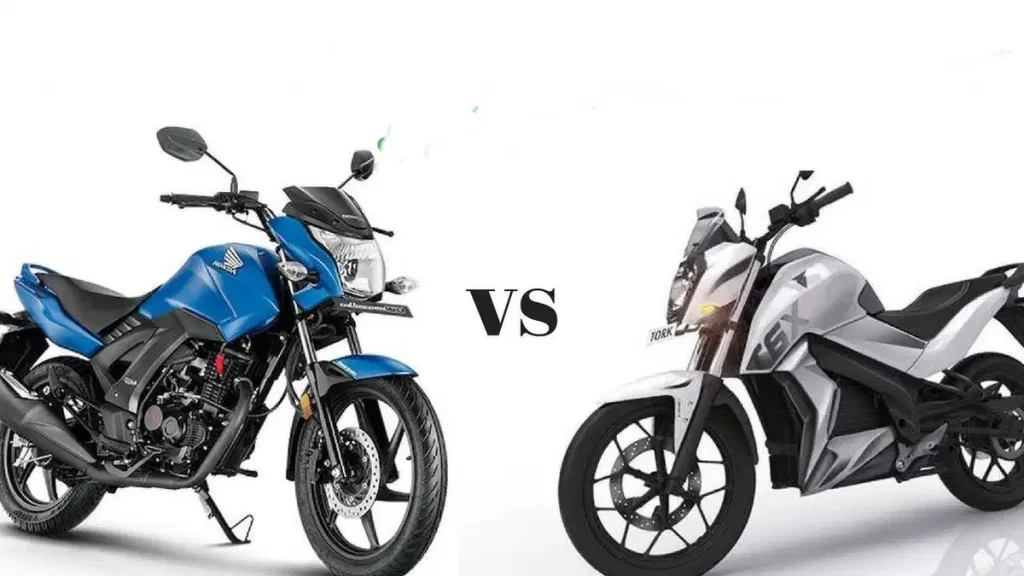“Electric Bike” Intitle:VS, As the world embraces more eco-friendly and efficient ways of transportation, electric bikes (e-bikes) have emerged as a popular alternative to traditional bicycles. With the rise in demand for more sustainable modes of travel, the debate between electric bikes vs traditional bikes has become increasingly relevant. But which one is right for you? Here’s a comprehensive comparison to help you decide.
1. Performance: Speed and Power
One of the most obvious differences between electric bikes and traditional bikes is the power source. Electric bikes come equipped with a motor, providing extra speed and assistance, especially on uphill terrains. Traditional bikes, on the other hand, require more effort from the rider, particularly when climbing hills or riding over long distances.
Electric bikes typically have speeds ranging from 20-28 mph (32-45 km/h) depending on the model and legal regulations in various countries. This makes them an attractive choice for commuters looking for a faster and less tiring ride. Traditional bikes, while capable of high speeds in skilled hands, generally provide slower speeds without assistance.
2. Ease of Use: Pedal Assist vs Physical Effort
When it comes to ease of use, electric bikes offer a significant advantage. With features like pedal-assist systems and throttles, riders can get a boost of power without putting in as much physical effort. This makes e-bikes particularly appealing to people with physical limitations or those who want to avoid sweating through a commute.
Traditional bikes, on the other hand, require the rider to exert full physical effort to maintain speed and power. While this offers excellent exercise and builds stamina, it may not be the most practical option for everyone, especially during long rides or in hilly areas.
3. Range and Battery Life
Electric bikes are powered by rechargeable batteries, which can typically last between 30-70 miles on a single charge, depending on the terrain, rider weight, and assist level. This is an impressive range that allows for long commutes and weekend adventures without worrying about running out of power.
In contrast, traditional bikes do not have this limitation, as they rely purely on human power. As long as you are able to pedal, you can ride indefinitely. However, the energy required for longer trips may become exhausting without the motor assistance found in e-bikes.
4. Cost: Upfront and Maintenance
Electric bikes tend to have a higher upfront cost due to the motor, battery, and other advanced technology integrated into the design. Prices for e-bikes can range from $500 to over $5,000, depending on the quality and features. Additionally, maintenance costs may also be higher due to the need for battery replacements and motor repairs over time.
Traditional bikes are more affordable, with prices typically starting at around $200 and reaching up to $2,000 or more for high-end models. Maintenance is generally cheaper, as there are fewer moving parts and no complex electrical systems to manage.
5. Environmental Impact
Both electric bikes and traditional bikes are far more eco-friendly than cars or motorcycles. However, traditional bikes have a smaller environmental footprint because they don’t require electricity to charge and have fewer materials involved in their production.
Electric bikes, while still much more eco-friendly than gas-powered vehicles, do rely on electricity, which in some regions may come from non-renewable sources. Additionally, e-bike batteries contain materials that can be challenging to recycle, though many companies are now working on more sustainable solutions.
6. Health Benefits: Exercise and Fitness
Traditional bikes are an excellent choice for those seeking a full-body workout. Cycling is a great form of cardiovascular exercise that strengthens muscles, burns calories, and improves overall fitness. Regular use of a traditional bike can help with weight loss, muscle toning, and general health.
Electric bikes, while still providing some exercise, primarily offer a more relaxed form of cycling. Pedal-assist systems can reduce the level of physical exertion required, making them suitable for people who want to exercise less intensively or those with physical limitations. Some argue that electric bikes could lead to a more sedentary lifestyle, but it still offers an active mode of transportation compared to cars.
7. Storage and Portability
Electric bikes are typically heavier than traditional bikes due to the motor and battery. This can make them more challenging to carry or store, especially if you need to lift them into a car or an apartment. Some models do offer removable batteries to reduce weight, but overall, e-bikes tend to be bulkier.
Traditional bikes, while still varying in weight, are generally lighter and easier to carry. If you need to fold or transport your bike frequently, traditional bikes often win out in terms of portability.
Conclusion: Which One is Right for You?
The decision between an electric bike and a traditional bike ultimately depends on your needs, budget, and personal preferences. If you’re looking for a faster, less physically demanding option for commuting or long-distance rides, an electric bike might be the perfect fit. However, if you prefer a more affordable, environmentally friendly, and fitness-oriented option, a traditional bike could be the way to go.
Both types of bikes offer unique advantages and are part of the growing trend toward sustainable transportation. Whether you’re riding for leisure, fitness, or as an alternative to driving, both electric and traditional bikes are fantastic options to explore.
You Might Also Like These:
all terrain electric mountain bike

